1. Start with the Right Gear
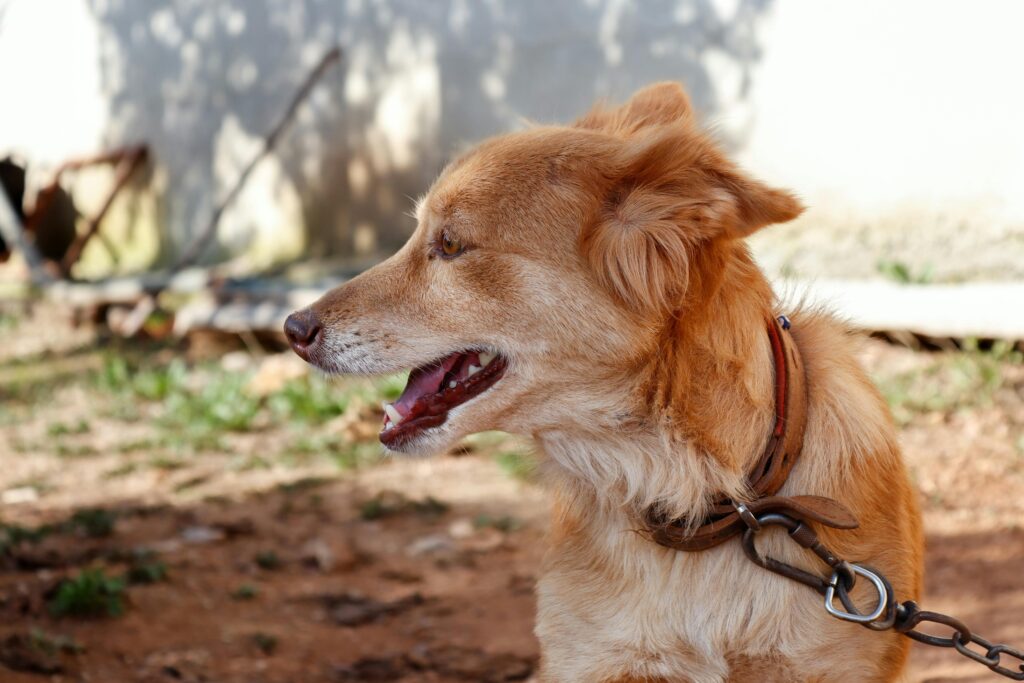
Ensure your dog has a well-fitted collar or harness and a sturdy leash that gives you control without discomfort. A harness is often a better option, especially for dogs that tend to pull, as it discourages pressure on their neck and offers better control.
2. Use Positive Reinforcement
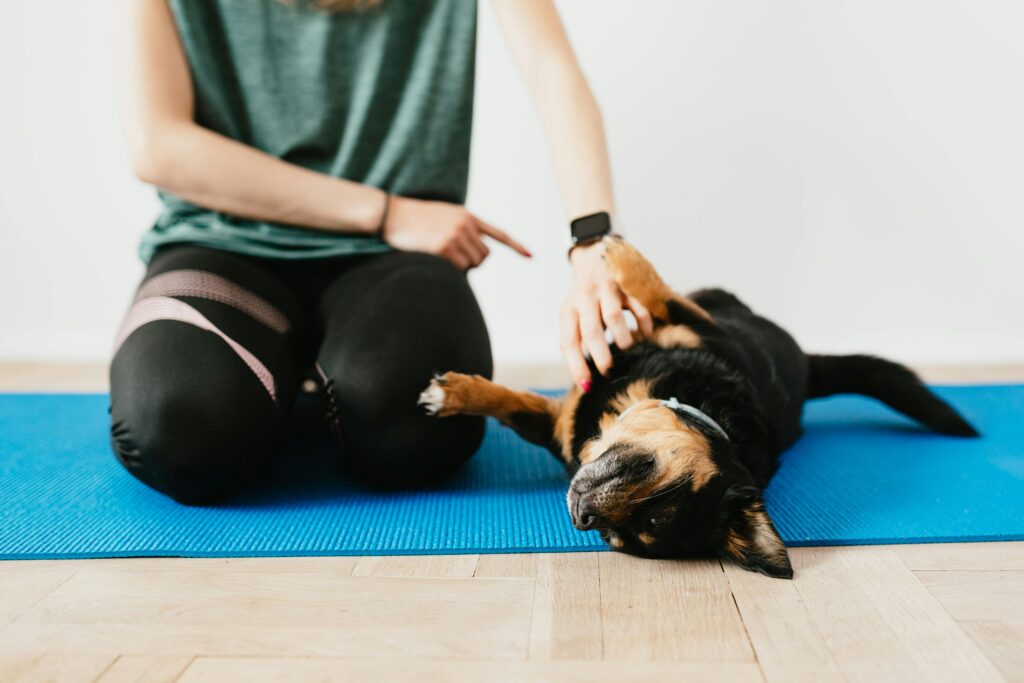
Reward your dog with treats, praise, or their favorite toy when they walk calmly beside you. Positive reinforcement encourages them to repeat the good behavior, making leash training a fun and rewarding experience for them.
3. Practice in a Quiet Area First
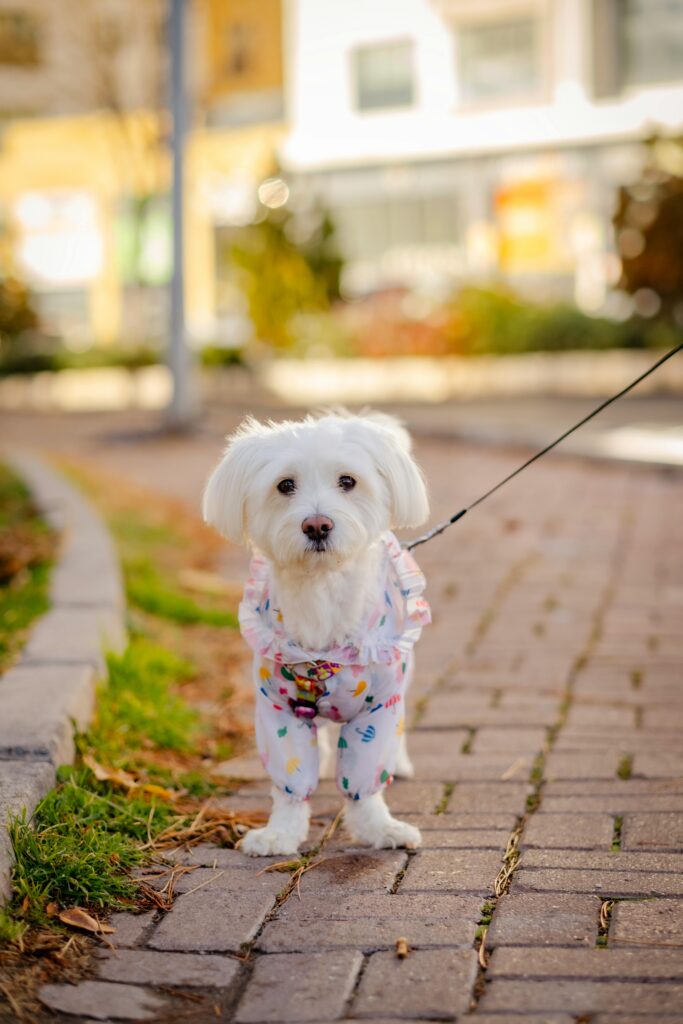
Before heading out to busy streets, start leash training in a quiet, low-distraction environment like your backyard or living room. This allows your dog to focus on learning the basics without being overwhelmed by sights, sounds, or smells.
4. Teach the “Heel” Command
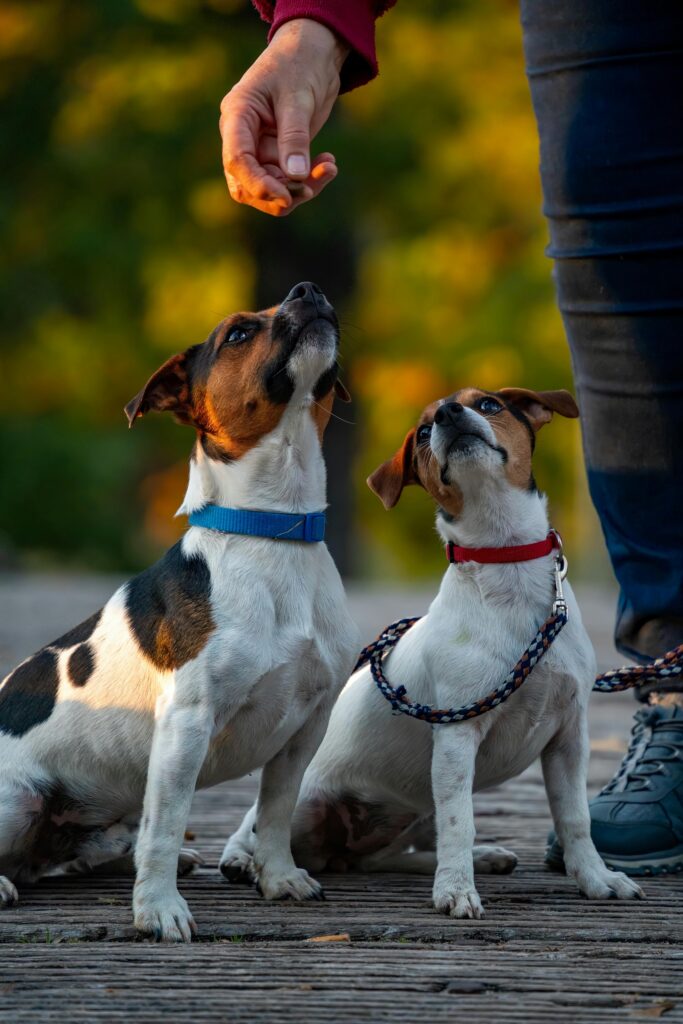
Teaching your dog the “heel” command helps them understand that you want them to walk beside you. Use a treat to lure them into the correct position, and when they’re walking nicely at your side, reward them and say “heel.” Practice this regularly to reinforce the behavior.
5. Keep the Leash Short but Relaxed
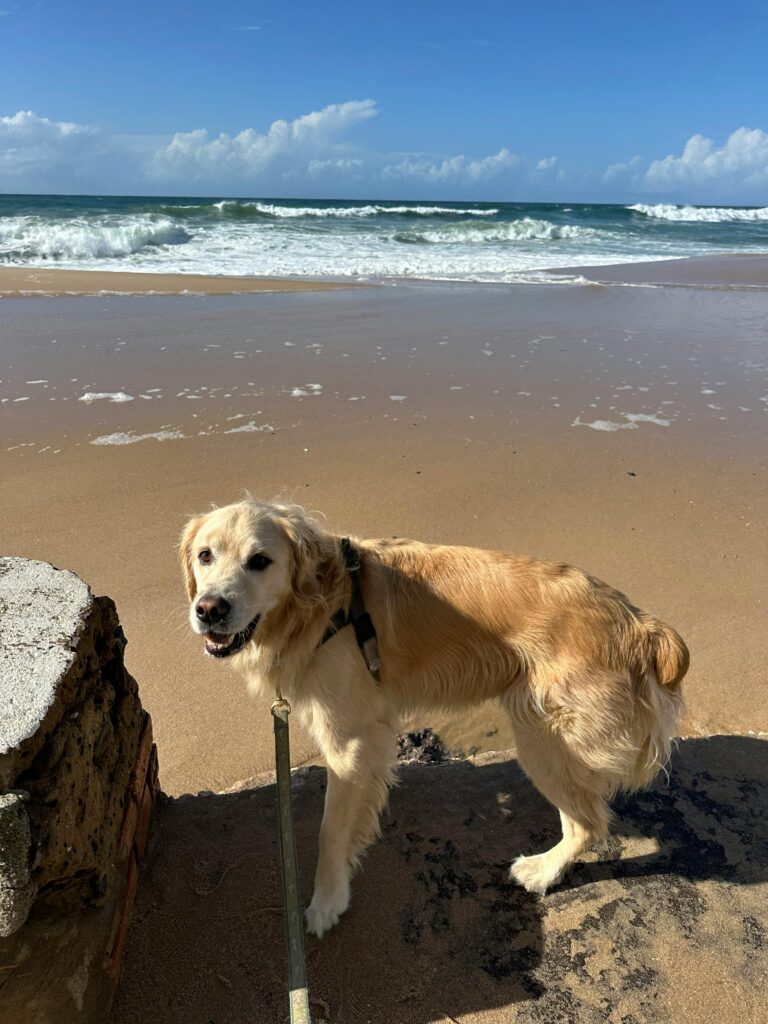
A short leash gives you more control, but make sure it’s not too tight. The leash should have some slack to allow your dog to move comfortably without pulling, helping them understand that there’s no need to tug.
6. Stop When They Pull
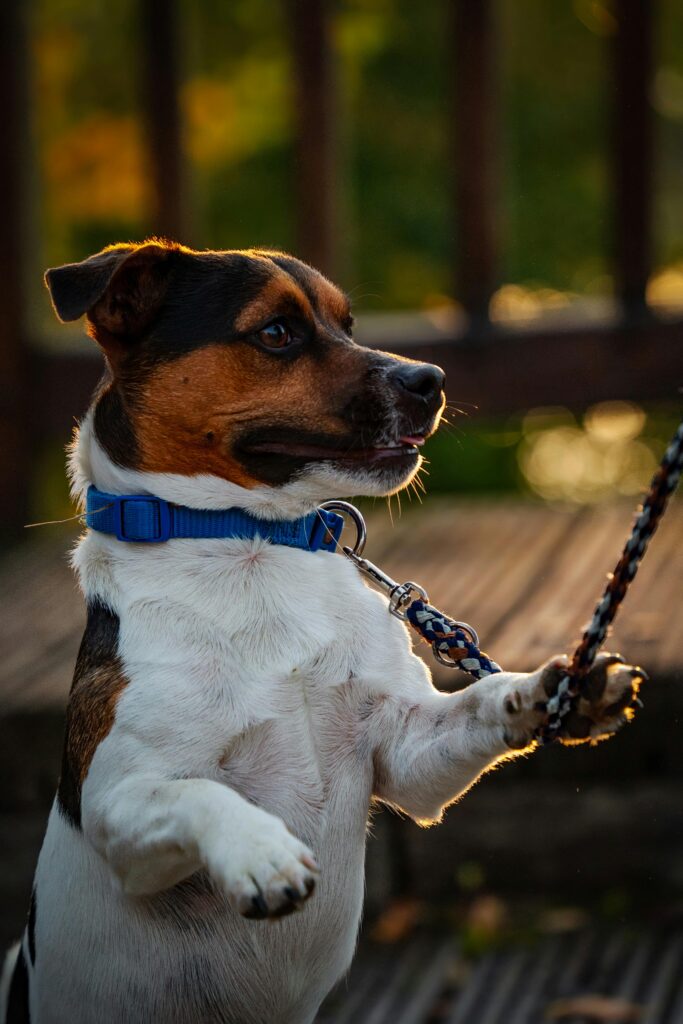
If your dog starts pulling ahead, stop walking immediately. Don’t move until the leash is slack again, and only continue when they’re walking calmly beside you. This teaches them that pulling gets them nowhere and that walking calmly is more rewarding.
7. Use Treats to Reward Good Behavior
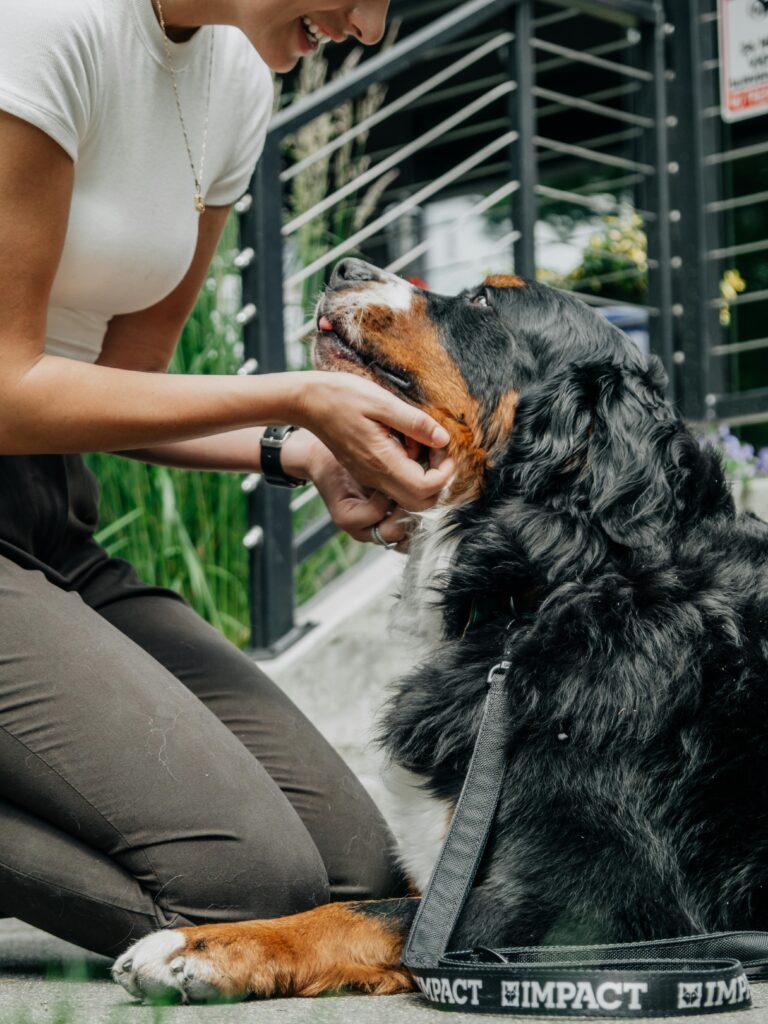
Keep some high-value treats in your pocket, and reward your dog when they’re walking nicely beside you. Treats are a powerful motivator and help reinforce the idea that walking calmly leads to rewards.
8. Practice “Change of Direction” Walks

If your dog starts pulling or getting distracted, change directions abruptly. This keeps them focused on you and discourages pulling since they’ll need to pay attention to where you’re going. It’s also a great way to keep walks engaging for your dog.
9. Use a “Leave It” Command for Distractions

Teaching your dog to ignore distractions like other dogs or squirrels is crucial for leash walking. Use the “leave it” command when you see something that might tempt your dog to pull, and reward them when they successfully ignore the distraction and focus on you.
10. Start with Short Walks
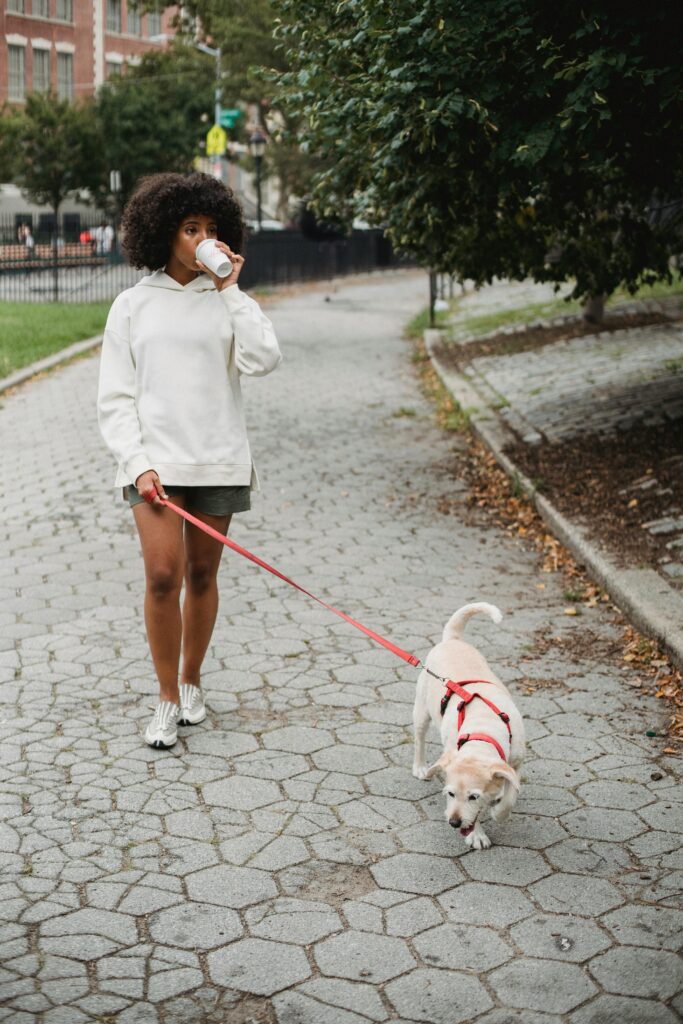
In the early stages of leash training, keep your walks short to avoid overwhelming your dog. Short, successful walks build their confidence and make the process more enjoyable for both of you. Gradually increase the length of your walks as they get better at walking calmly.
11. Maintain a Steady Pace
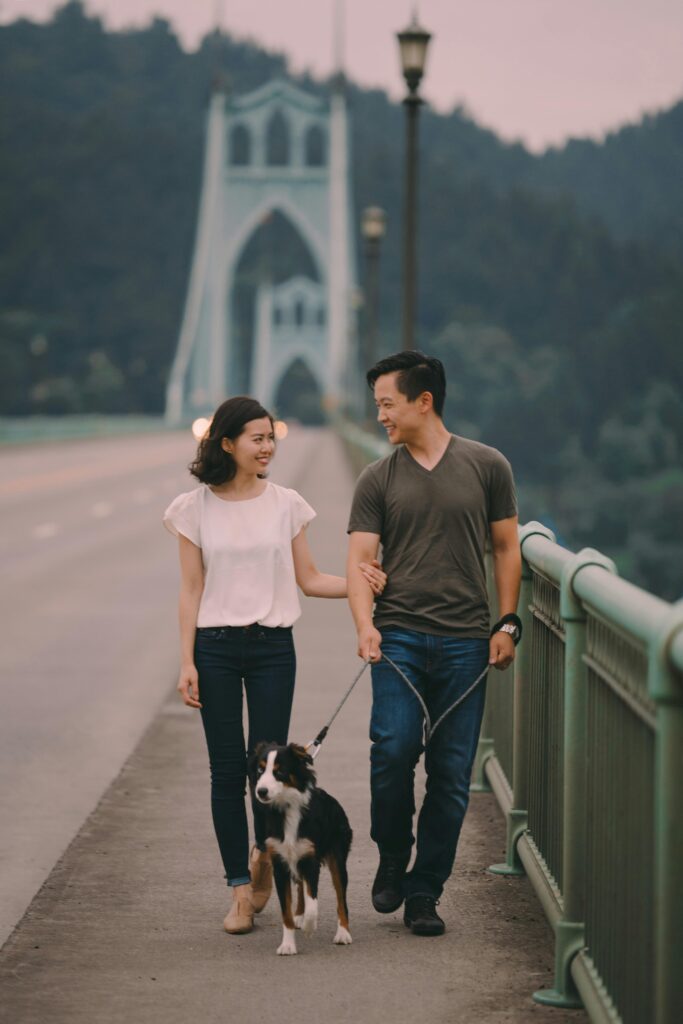
Keep your pace consistent to help your dog understand the rhythm of the walk. If you stop and start too frequently, your dog might become confused or excited, making it harder for them to learn how to walk calmly beside you.
12. Introduce Real-World Distractions Slowly
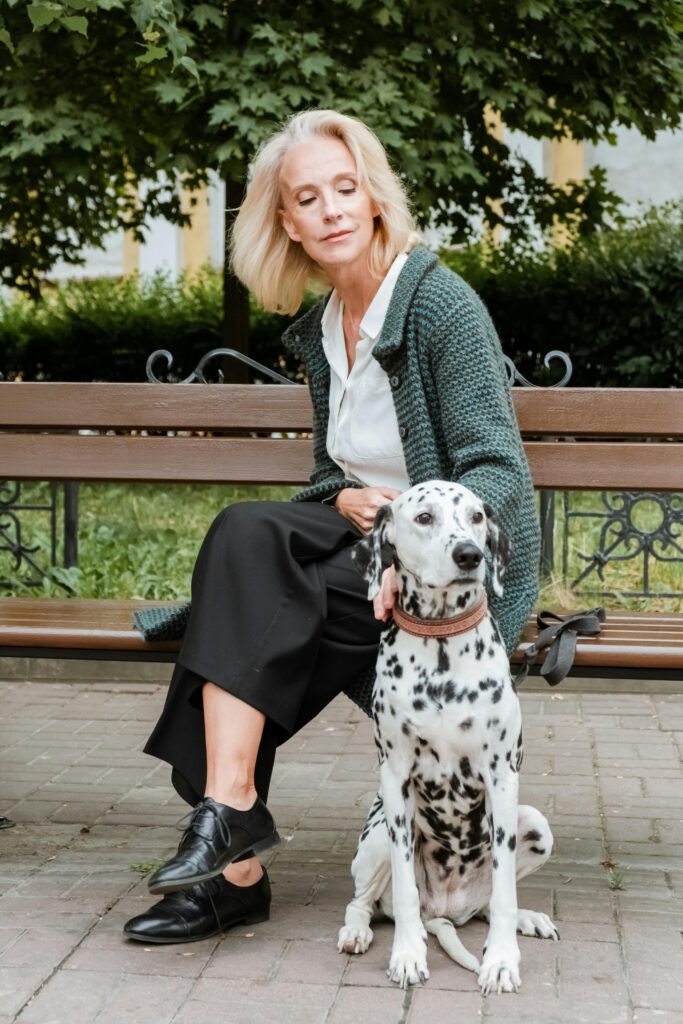
Once your dog masters walking nicely in quiet areas, gradually introduce more distractions, such as other dogs, people, or busy streets. This helps them apply what they’ve learned in more stimulating environments without getting overwhelmed.
13. Stay Calm and Patient
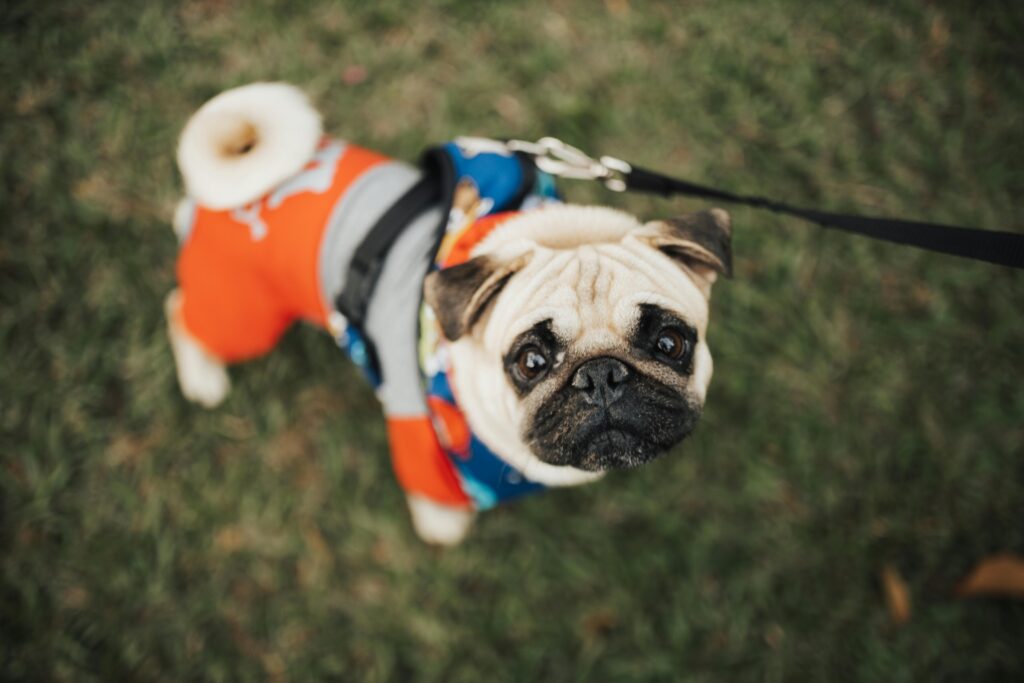
Your dog will sense your energy, so it’s important to stay calm and patient during leash training. If you get frustrated, your dog may become anxious or excited, which can make training harder. Patience is key to long-term success.
14. Practice Regularly
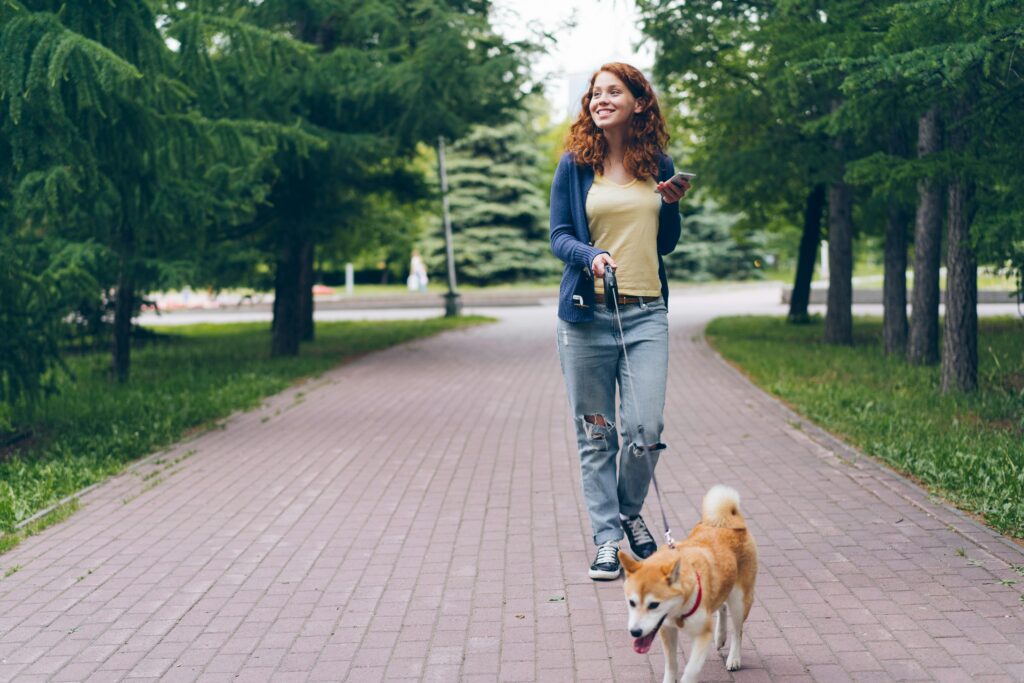
Consistency is crucial for successful leash training. Make leash training a regular part of your routine, even if it’s just for a few minutes each day. The more your dog practices walking nicely on a leash, the quicker they’ll master it.


